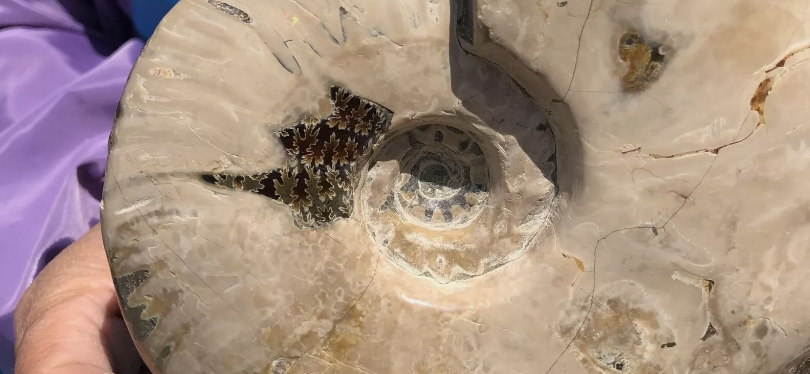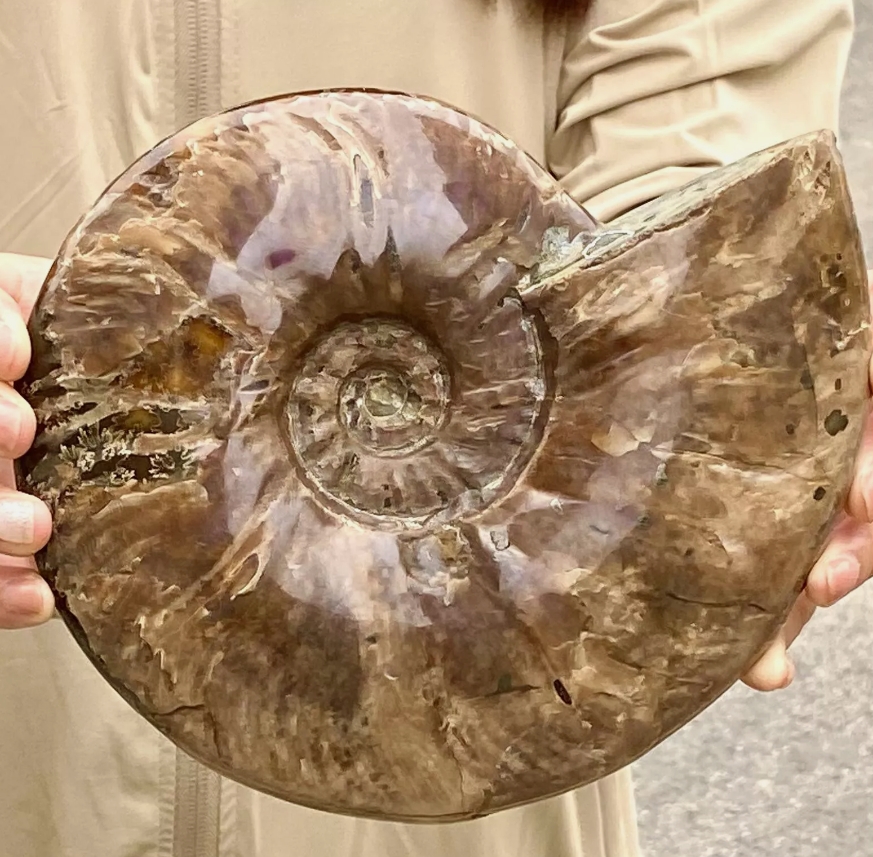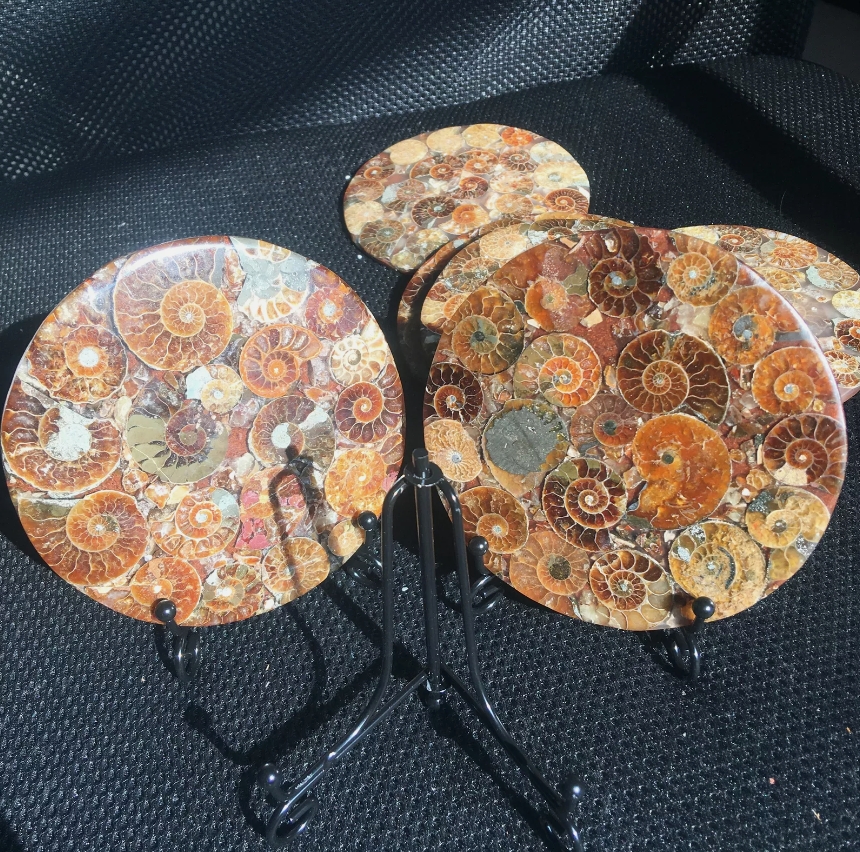Fossil specimens are important evidence of biological evolution in geological history, they are transformed from the remains of living organisms through natural processes, and record the trajectory of life's existence on Earth. Fossils can not only reveal the form and structure of ancient organisms, but also provide information about environmental changes, paleoclimate and ecosystem evolution.
The formation of fossils usually requires specific conditions, and the most common process is burial. When organisms die, their remains are quickly covered in sand, sediment, or other materials, preventing decay and oxidation. Over time, the burial layer thickens, and the pressure and temperature exerted on it causes the remains to undergo chemical changes that eventually lead to the formation of fossils. This process can last tens of thousands or even millions of years.
Fossils come in a variety of forms, including bones, teeth, shells, leaves, and even footprints and feces. These specimens reflect not only the characteristics of a particular species, but also the diversity of the ecosystem at the time. For example, fossilized plant leaves can reveal how moist the ancient climate was, while animal fossils may reveal predation relationships and ecological adaptations between species.
By studying fossils, scientists can reconstruct the ancient environment and understand the process of biological evolution. The continuity of the fossil record provides important evidence for the classification and evolution of organisms, helping scientists construct a history of the development of life on Earth. For example,by comparing a large number of fossils,it is possible to trace the evolution of a certain type of animal or plant,understand its distribution and the causes of its extinction in different geological periods. In addition to scientific research, fossils have important educational and cultural values.




